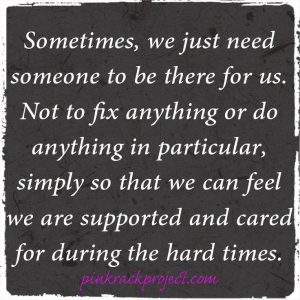Advancement takes effort. When the effort is fueled by a self-generated commitment (part 1 in this series: your “why”) and not an other-imposed “should”, everything and everyone moves forward. When people continually seek to expand relationships and build trust (part 2:accountability knots), that behavior benefits everyone. With these two commitments activated, when support is needed, it is supplied, freely, with respect, compassion and in partnership.
A climber asking for tension is normal. It means: “Hey, belayer, I need your support. I need to stop climbing now. I don’t want to come down. Please put tension on the rope, because I am going to put all my weight on it and let go of what I’m holding onto.” Yup … all that is said with a call for “Tension”. Only after hearing the belayer’s response, “Tension On,” does the climber let go and relax.
Asking for tension
Asking for tension – for support – is a frequent request I make of my belayer. Sometimes it is because my muscles are cramping, sometimes it’s because my brain is cramping (I can’t figure out where to reach next or “if” the reach is doable).

What does it take to ask for tension?
The climber – the one who challenged gravity and their skills by stepping off the ground and looking skyward – is the one who asks for tension. To do that, the climber has to trust that …
- The structure (equipment and knots) are sufficient for the task.
- Her relationship with the belayer is sufficient (belayer’s listening, ready, in an instance, to hold my weight).
- Her ego won’t get in the way of her safety.
At work, to ask for support, a person has to trust that …
- The relational structure of the team is developed enough that there is alignment on how they’ll treat each other as they get work done, a commitment to stay in communication.
- Asking for support will be heard as being responsible, not shirking work.
- Her ego won’t get in the way of trying to do it all herself, look good, or any number of automatic, unexamined, self-defeating (and team-defeating) points of view.
That’s kinda like asking “How do I get to Carnegie Hall?” Practice, Practice, Practice.
Seriously, it takes awareness to say trust is missing and a commitment to build it. It takes having conversations with the team to define what your team (not a generic team) means by trust, what the behaviors are that break it, maintain it and increase it. It takes practicing those behaviors … over and over and over … and self-correcting.
Best place to start: with yourself. Who do you trust? What do you trust them about? How do they behave, that builds your trust in them? Who don’t you trust? How do they behave that has you not trust them? So … how is trust developed? Take it on and practice, practice, practice. Yes, this is a big topic. Exploring it offers big rewards.
Let’s get it ON! Tension On! Support On! Trust On! Results On!
Subscribe
Get Camille's latest posts!

